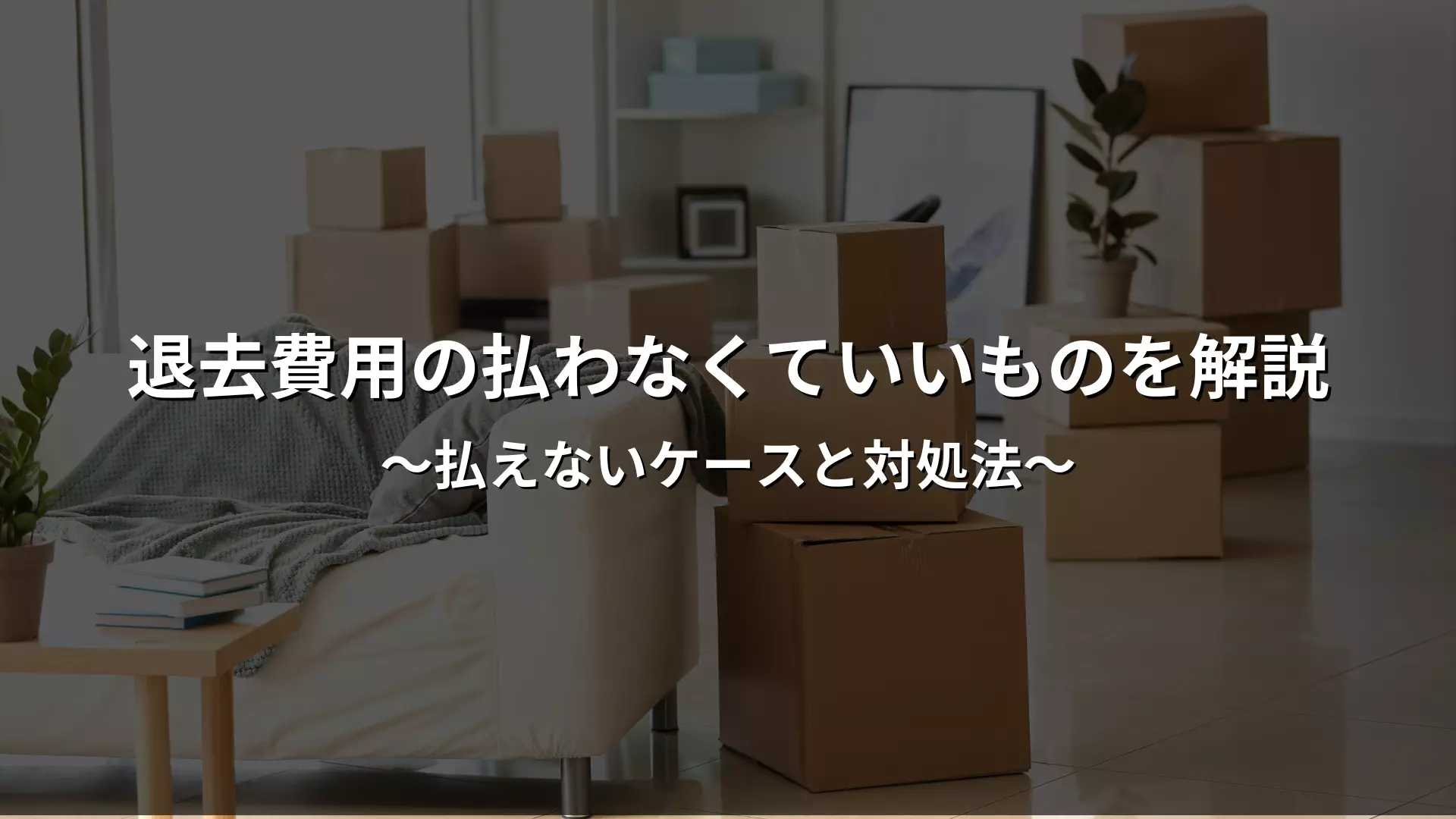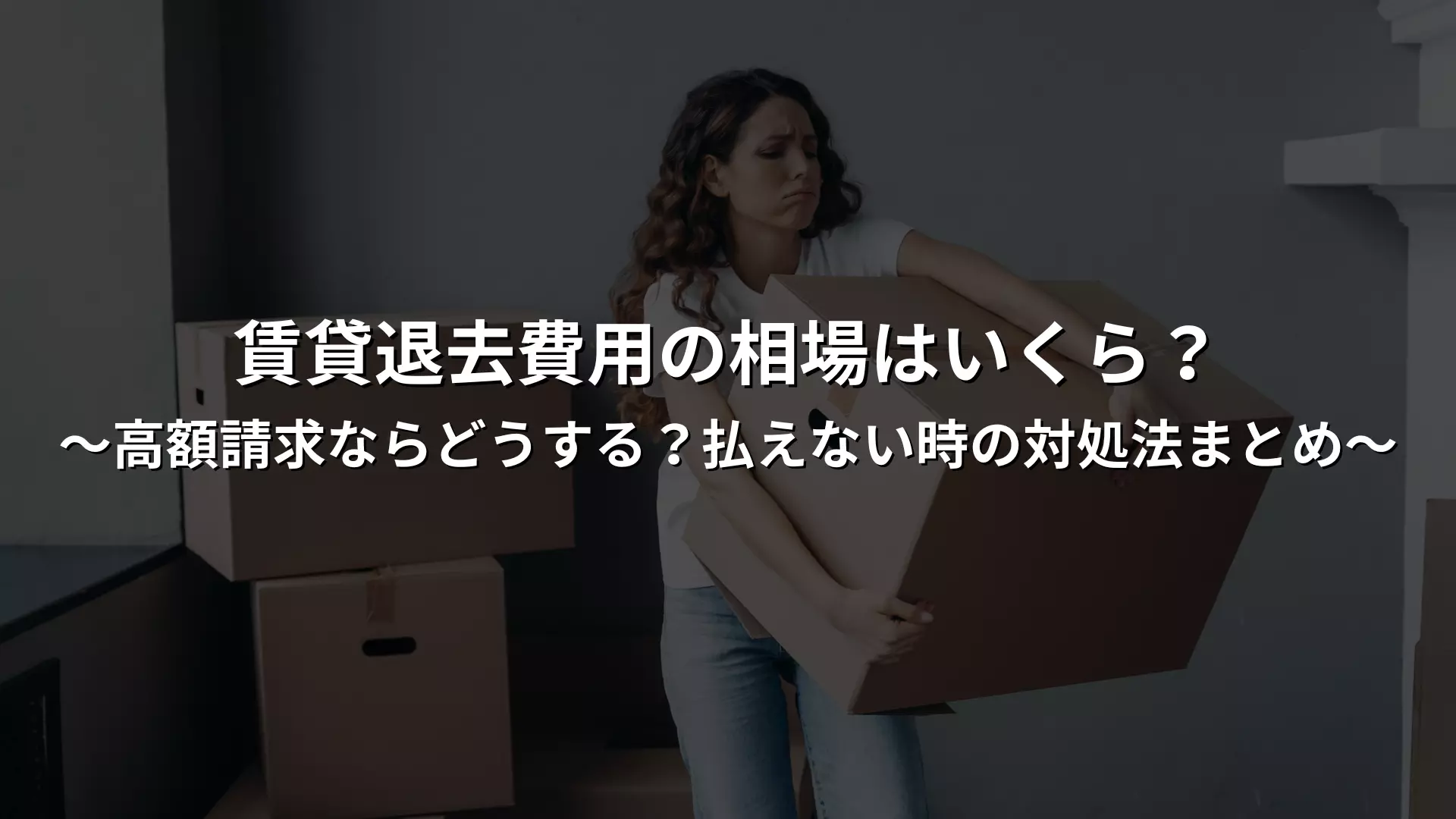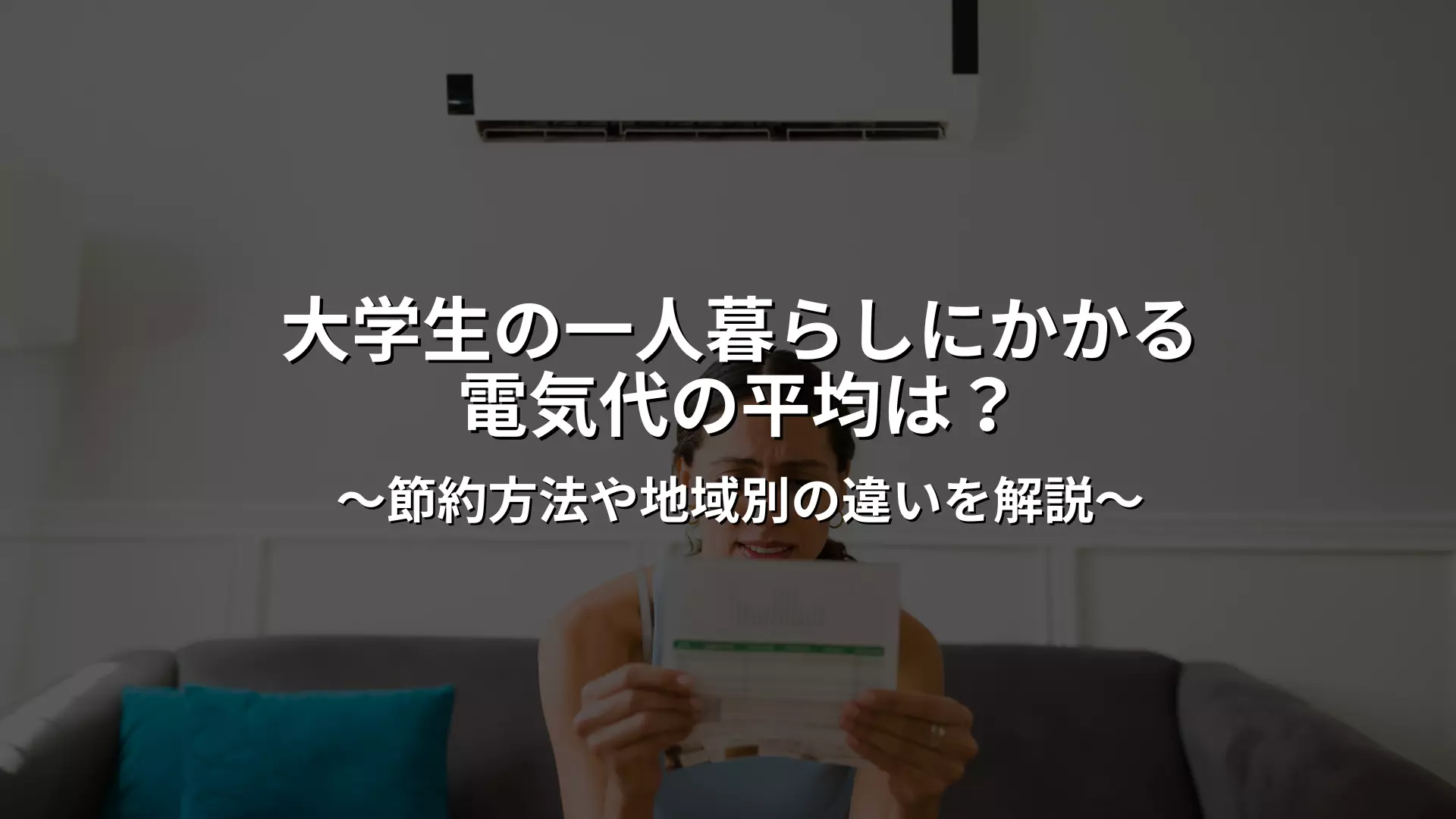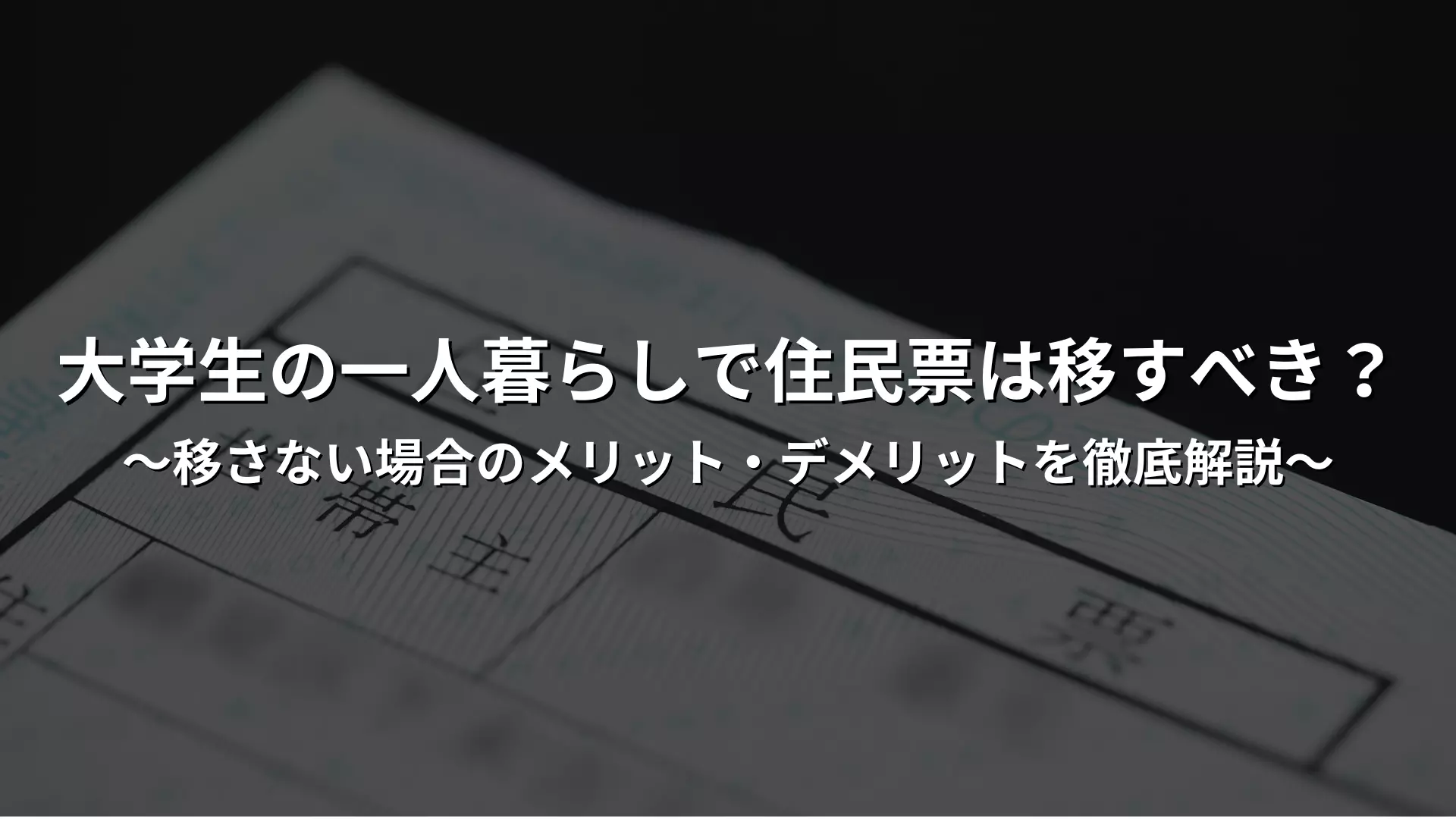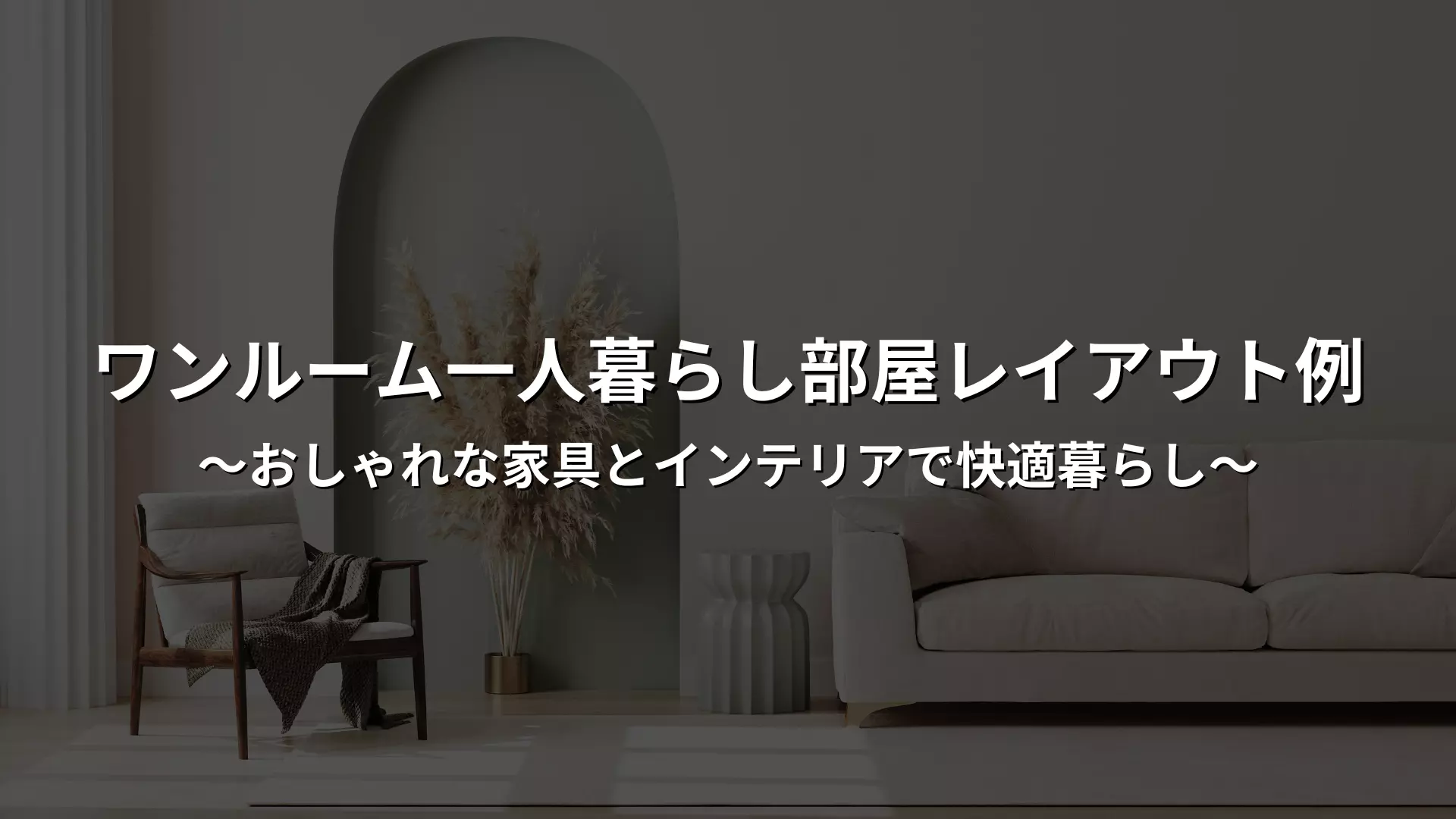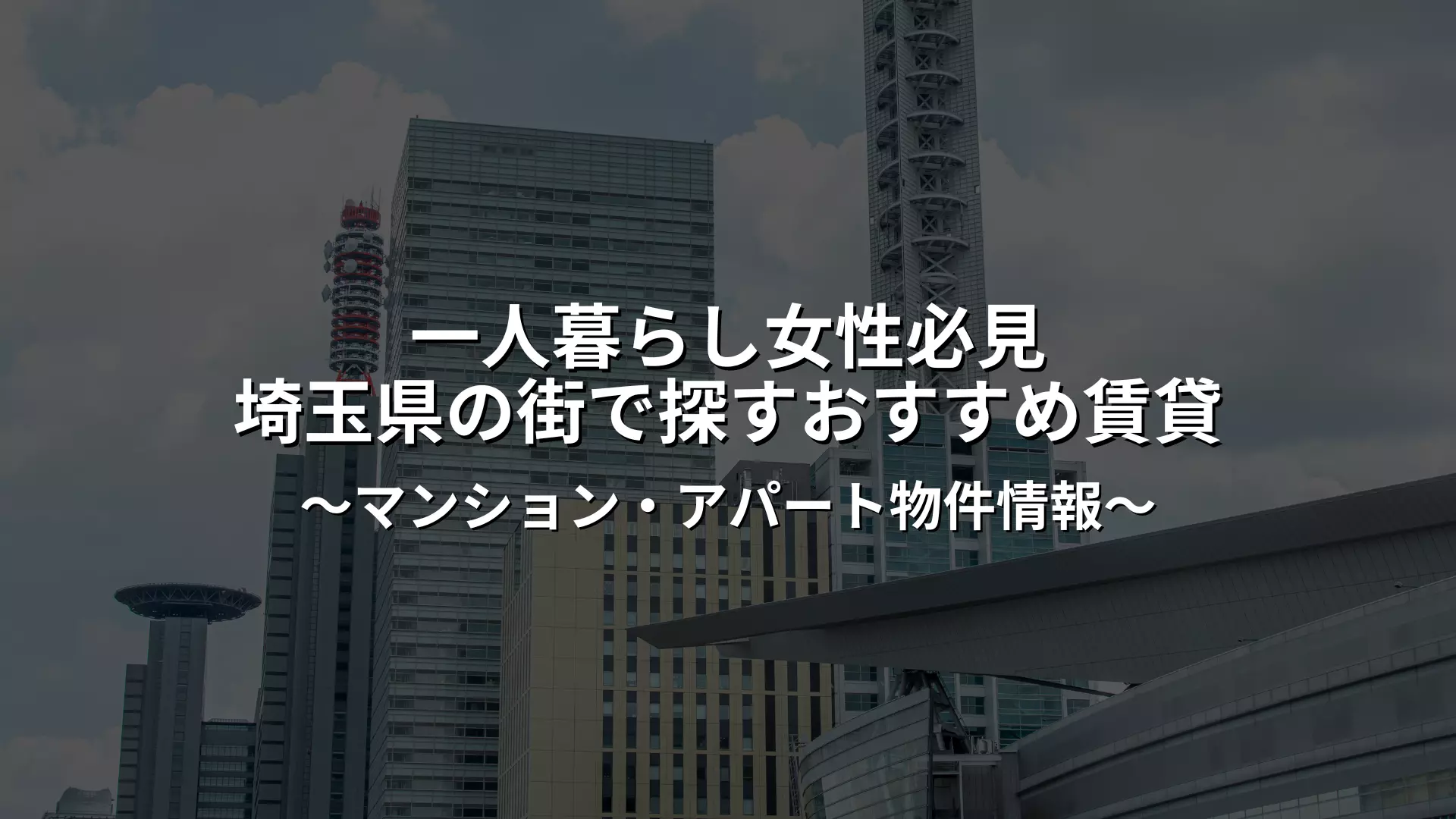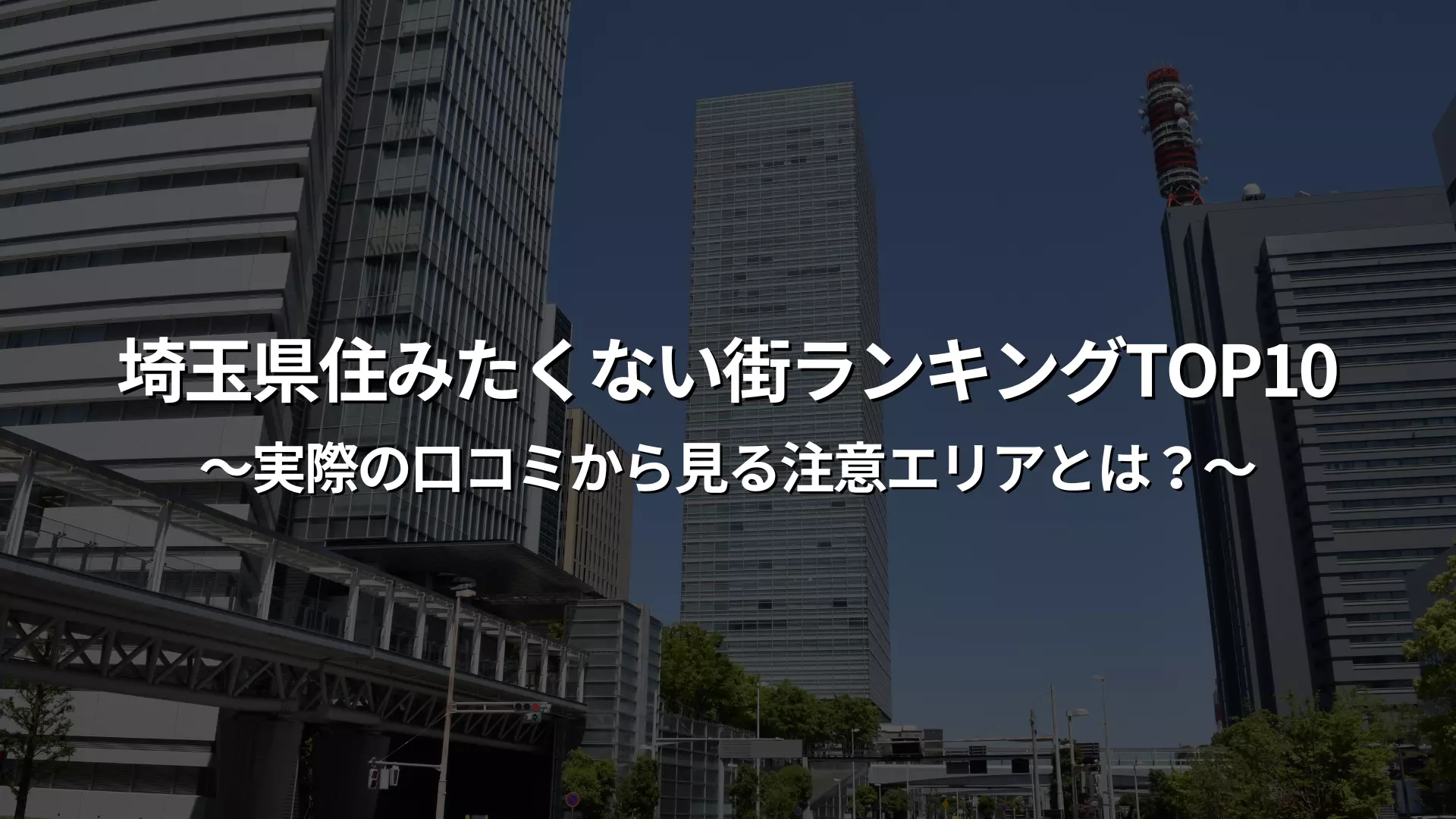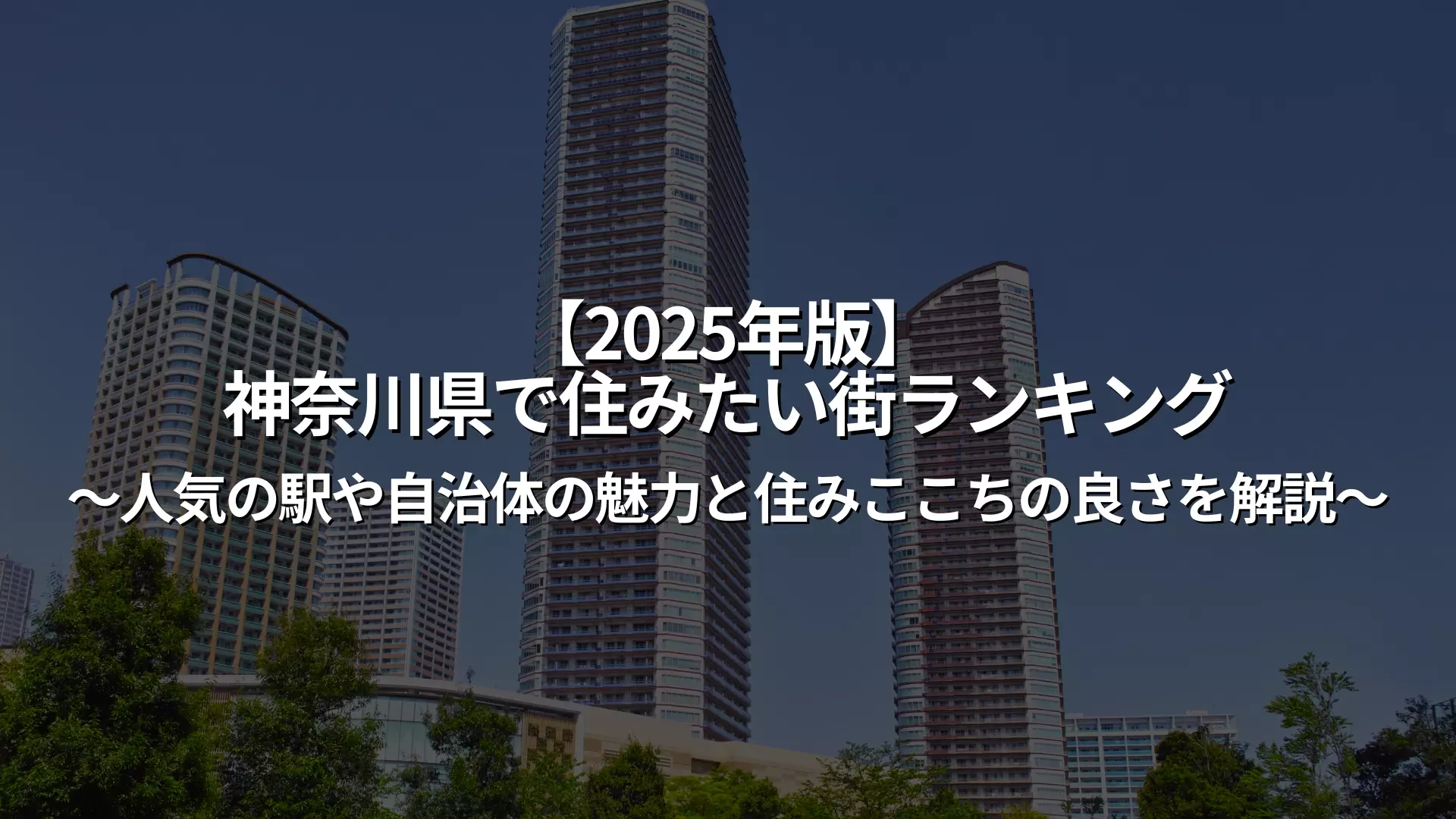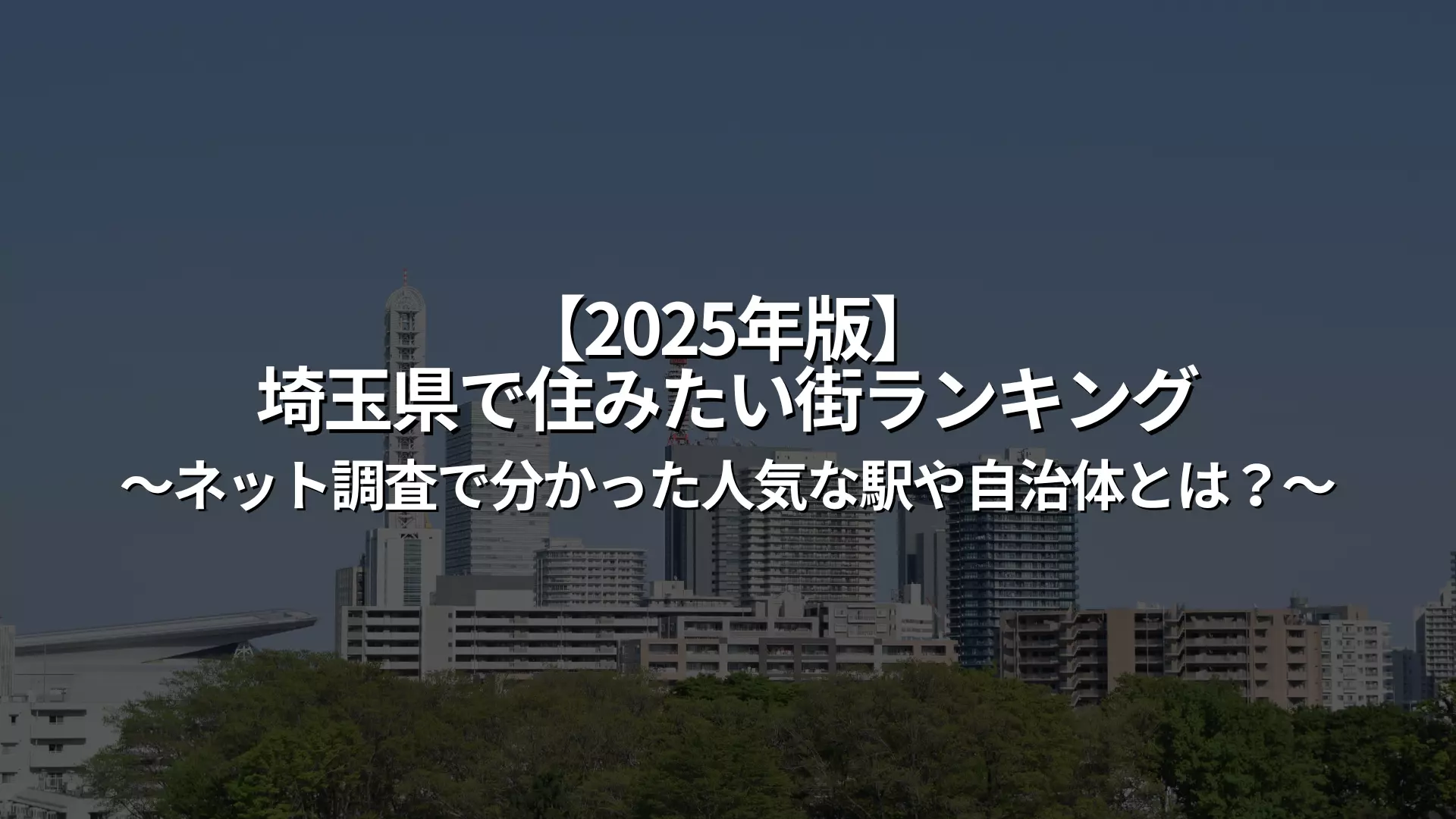What are the moving-out costs? The basics of the costs involved when moving out of a rental property
Move-out expenses are the general term for expenses incurred when moving out of a rental property, such as restoring the property to its original condition, house cleaning, and renovations. These payments are intended to return the property to the same condition as when you moved in, and include repairing walls and floors, replacing fixtures, cleaning the interior, and inspecting electrical equipment. The amount charged varies depending on the condition of the property, the terms of the contract, the length of stay, and the layout, and in some cases the amount quoted may be higher than the market rate.
It can be difficult to determine which expenses are necessary and which are not, especially for those renting for the first time or those moving from an apartment to a condominium. First, it is important to understand how moving-out expenses work and to clearly understand the necessity of paying them and the scope of your responsibilities.
Timing and process for when moving-out costs occur
Moving-out expenses are incurred when the end of the rental contract is decided and the move-out date approaches. Generally, after the tenant vacates the room, the management company or the landlord will inspect the condition of the room and the expenses are calculated based on the results.
At this time, they will also check whether house cleaning is necessary, such as stains on walls and floors, damaged equipment, malfunctioning electrical switches and lighting fixtures, and blackening of the ventilation fan and bathroom. Any areas that are determined to require repair or replacement will be charged as a restoration fee. To determine the cost, an estimate and detailed statement will be presented after the inspection and the tenant will confirm it.
In some cases, this amount is deducted from the security deposit, and may also include some of the cost of renovations for the next tenant.
Main items to be charged and average amount
There are a wide range of items included in the moving-out costs. Typical items include replacing wallpaper and wallpaper, repairing floors and flooring, replacing tatami mats and sliding doors, cleaning the air conditioner and ventilation fan, cleaning the bathroom, kitchen, and washroom, and inspecting screen doors and windows.
The amount varies depending on the size of the property, the number of fixtures, and the extent of the damage, and ranges from around 30,000 to 60,000 yen for a 1K or 1DK apartment, to over 100,000 yen for a 2LDK or larger apartment. Furthermore, if you have had pets or smoked, you will need to remove odors and completely replace the wallpaper, which tends to be more expensive.
If you feel that the actual bill is higher than the market rate, it is important to request quotes from multiple companies and compare them.
How to check the scope of liability stated in the contract or special provisions
The scope of the costs of moving out is clearly stated in the lease agreement and special clauses. The contract you signed when you moved in will often specifically state the conditions for restoring the property to its original condition and the items that the tenant must pay, so the first step is to check that.
In some cases, the tenant's responsibility is set wider than the guidelines, such as in the special clause that "the tenant is responsible for the cost of replacing all wallpaper." It is also effective to reread the contract, contact the management company or real estate company if there is anything unclear, and consult a third party if necessary to protect your rights as a consumer.
In particular, if the Ministry of Land, Infrastructure, Transport and Tourism guidelines and the contents of the contract differ, it is important to understand which takes precedence and proceed with the eviction procedure in a way that satisfies you.
What are the Ministry of Land, Infrastructure, Transport and Tourism guidelines? Standards and principles for restoration to original condition
The Ministry of Land, Infrastructure, Transport and Tourism guidelines were created to clarify the scope of expenses for restoring a property to its original condition when moving out. The official title is "Problems and Guidelines Regarding Restoration to Original Condition," and it sets out the standards for expenses that tenants do not have to pay, such as for deterioration over time and normal wear and tear.
Although not a law, it is used as an important basis for resolving disputes in courts across the country, at consumer affairs centers, and with real estate companies. This information is also useful for first-time renters and those considering moving. Understanding the guidelines will help you determine whether the amount being charged is reasonable and help you avoid unreasonable burdens.
Purpose and position of the guidelines
The purpose of the Ministry of Land, Infrastructure, Transport and Tourism guidelines is to reduce disputes over moving-out costs in lease agreements and to restore properties to their original condition in a way that is satisfactory to both the landlord and tenant.
When moving out of a rental property, expenses such as repairs to walls, floors, and fixtures, as well as house cleaning, are incurred, but the scope and amount of these expenses vary depending on the property and its management. In court cases and consumer consultation cases to date, there have been many cases where the amount claimed varies greatly. The guidelines clarify these unclear points and set standards such as the landlord being responsible for aging and normal wear and tear as a general rule.
Although they are not legally binding, they are widely used as standard rules in negotiations, mediation, and litigation.
Criteria for determining deterioration due to aging and normal wear and tear
The guidelines make it important to distinguish between deterioration due to aging and normal wear and tear. Deterioration due to aging refers to the natural deterioration that occurs over time as tenants live their daily lives.
For example, this includes discoloration of wallpaper due to exposure to sunlight, loss of gloss on flooring, and fading of tatami mats. On the other hand, normal wear and tear refers to unavoidable wear and tear caused by use, such as traces of furniture being placed on the floor, wear on the floor caused by daily activity, water stains in the bathroom, and loose screen doors. These are not damages or breakages caused by intentional or negligent acts, so they are not the tenant's responsibility. Knowing the criteria for judgment will allow you to clearly assert that "you do not need to pay for this" when you are present at an inspection or when making a claim.
Typical cases where tenants are not required to bear the costs
The guidelines clearly state specific examples of damage that tenants will not be required to pay for, such as discoloration of wallpaper or sliding doors due to sunlight or heat from lighting, marks left by furniture or refrigerators, wear and tear or stains on tatami mats or carpets over time, and fading of screen doors or window frames.
Additionally, regular cleaning of the inside of the air conditioner, filter replacement, and blackening and limescale in the bathroom and toilet are also considered to be within the scope of normal use. These fall under the category of aging and normal wear and tear, and should normally be borne by the landlord. Even if you are actually billed for a large amount of money, using these examples as a basis will give you an advantage in negotiations. It is important to have this knowledge in case you move out or move again.
Search for a room
Only furnished properties with appliances are listed!
Examples of moving-out costs you don't have to pay [Guideline-based]
Among the moving-out costs, there are some items that the Ministry of Land, Infrastructure, Transport and Tourism guidelines state "tenants do not have to pay." These are items that fall under the category of deterioration over time and normal wear and tear, such as scratches and stains that are unavoidable in daily life.
Discoloration of wallpaper, worn floors, and natural breakdowns of equipment are the responsibility of the landlord and should not be charged for. Understanding these standards will help you avoid paying unnecessary costs when moving out of a rental home, apartment, or condominium. In fact, many cases of trouble caused by incorrect charges for these items have been reported in consultations with consumer affairs centers and real estate companies.
Here we will explain in detail some of the most common items that you don't have to pay.
Discoloration or minor scratches on wallpaper or cloth
Discoloration of wallpaper and wallpaper due to exposure to sunlight or heat from lighting is considered to be deterioration due to aging. The same applies to marks left by furniture or posters, and minor scratches and darkening that are unavoidable during daily life. These are considered normal wear and tear and are not damage or destruction caused by the tenant's negligence or intentional acts, so according to the guidelines, it is not appropriate to claim them as moving-out expenses.
For example, it is natural for wallpaper to fade in parts after three to five years of living in a room. Unless there is a special clause in the contract, this is the landlord's responsibility. If you are asked to pay this, be sure to explain the situation by providing photographs or other evidence.
Normal wear and tear and replacement of floors, flooring, and tatami mats
Loss of gloss on floors and flooring, small scratches, and fading and wear of tatami mats are unavoidable wear and tear in daily life. As a general rule, resurfacing tatami mats and waxing flooring are also considered wear and tear that occurs over time.
The guidelines state that dents and scratches caused by everyday foot traffic or moving furniture are not the responsibility of the tenant. Some landlords charge high renovation fees "for the next tenant," but in reality, if the damage is due to age, there is no obligation to cover it. Be sure to check the market price and breakdown of items to ensure the amount charged is reasonable.
Deterioration and natural breakdown of furniture, appliances, and equipment over time
It is inevitable that furniture, appliances, and equipment used over many years will naturally break down. Faulty refrigerator or washing machine motors, the lifespan of lighting and electrical equipment, and deterioration of water heaters are not the tenant's responsibility. These are phenomena that occur with normal use, and repairs or replacements are the landlord's responsibility. Even if a malfunction occurs during the contract period, as long as the tenant is not at fault, the problem is generally fixed free of charge. If you are billed, it is effective to explain that the malfunction is due to aging, taking into account the number of years of use and the manufacturer's recommended lifespan.
Air conditioner internal cleaning and filter replacement
Cleaning the inside of an air conditioner and replacing the filter are classified as normal wear and tear, as they are caused by everyday use. According to the guidelines, these costs should be borne by the landlord. If the tenant regularly cleans the filter, the internal dirt is due to aging, and there is no obligation to cover it when moving out. In some cases, a high fee may be charged for a complete house cleaning service, so be sure to check the details of the work and the amount. Having photographic evidence and cleaning records will increase the chances of reducing the charge.
Marks and minor dents caused by installing a refrigerator or furniture
Installation marks and slight dents on the floor or wall caused by placing a refrigerator or large piece of furniture are within the scope of normal wear and tear. For example, discoloration of the wall caused by the heat from the back of the refrigerator, and slight dents in the floor caused by shelves or sofa legs are unavoidable. These marks of use are not the tenant's responsibility. If you are asked to pay, explain that they are "natural signs of life" and avoid making an unreasonable payment.
Age-related dirt and mold in bathrooms, toilets, and other wet areas (within normal use range)
Water stains, mold, and stains that occur in areas around water such as bathtubs, toilets, sinks, and bathrooms are unavoidable dirt caused by daily use. Even with good ventilation, some discoloration and darkening can occur in humid environments. The guidelines consider this to be normal wear and tear, and the tenant is not responsible for it.
However, if the damage worsens after being left for a long period of time, it may be considered negligence, so it is recommended that you do a light cleaning before moving. If you are sued, you can avoid paying the cost if you can prove that the damage was within the range of everyday use.
When and why you need to pay
There are some move-out costs that the tenant must pay. Under the Ministry of Land, Infrastructure, Transport and Tourism guidelines, the landlord is responsible for deterioration over time and normal wear and tear, but there are exceptions such as damage caused intentionally or accidentally, soiling due to neglect of daily cleaning and maintenance, or costs specified in special agreements. Since these are directly caused by the tenant's actions or lack of maintenance, the tenant is obligated to pay them even if they are billed for repairs or house cleaning costs. In fact, the statements prepared by real estate companies and management companies often include many items based on such negligence or special agreements.
Here we will explain in detail what kind of costs will be incurred and how much they may amount to.

Damage or stains caused intentionally or accidentally (holes, graffiti, cigarette tar, etc.)
Any damage or stains caused intentionally or accidentally by the tenant must be covered as part of the moving-out costs. Typical examples include large holes in the walls, excessive use of thumbtacks, screws, and screws, children's graffiti, damage caused by moving a television or furniture, and tar stains or discoloration on wallpaper due to smoking.
These are damages caused by the tenant's actions, not by aging, so it is reasonable to claim for repair costs. In particular, cigarette tar stains can cause widespread odors and discoloration, and may require the entire wallpaper to be replaced or the underlayment to be repaired, which tends to result in high claims.
Removing pet damage and odors
If you have a pet, the tenant will be responsible for scratches on the floor caused by claws, tears in wallpaper and sliding doors, and odors. Odors in particular can permeate under the floorboards, inside the walls, and even into equipment and carpets, making deodorizing work, replacing parts, and in some cases, renovations necessary. The guidelines also distinguish damage and stains caused by pets from normal wear and tear, and are not the landlord's responsibility. This rule remains the same even in properties where pets are allowed, so you may be able to keep your bill down by hiring a professional to check the estimate and work involved before you move out.
Mold, corrosion, and oil stains build up due to neglect
Mold, corrosion, and oil stains that occur as a result of neglecting daily cleaning and ventilation are considered to be the tenant's fault. Examples include oil stains on a ventilation fan that has been left unattended for a long period of time, mold and corrosion that occurs as a result of condensation or water leaks being left unattended, the worsening of black mold in the bathroom or shower, and corrosion under the kitchen sink.
These damages are considered preventable with proper management, so you are obligated to pay any repair or cleaning costs you may be billed for. Oil stains and corrosion in particular may require replacement of parts or professional cleaning services, which may result in higher bills than the market rate.
Points to note regarding special clauses that fall outside the guidelines
Lease agreements often contain special clauses that extend the tenant's responsibilities beyond the guidelines, such as "The tenant is responsible for the cost of replacing all wallpaper when moving out" or "The tenant must always cover the cost of cleaning the air conditioner."
These special clauses may be valid if the tenant agrees to them at the time of signing the contract. Therefore, it is important to carefully review the contract or rental agreement in advance, and if you are not satisfied, negotiate before signing the contract. If you neglect the contents of the contract, you may be charged a large amount when you move, so it is important to understand the contents of the special clauses in advance.
Search for a room
Only furnished properties with appliances are listed!
Measures to reduce moving-out costs
Moving-out costs can be significantly reduced through advance preparation and daily management. In rental housing, apartments, and condominiums, the condition of the property at the time of occupancy, the terms of the contract, and daily usage directly affect the amount of the cost to move out. Even if you understand the standards set out in the Ministry of Land, Infrastructure, Transport, and Tourism guidelines, if you do not have evidence or records, you may be judged unfavorably by the tenant. By keeping daily records of the property at the time of occupancy, checking the terms of the contract, regular cleaning, proper use of facilities, and prompt repairs, you can keep your bills low.
Here we will explain specific measures, including examples of measures that have actually been effective.
Record the interior condition of the property at the time of occupancy with photos and videos
Taking photos and videos of the interior condition at the time of moving in is extremely effective in reducing move-out costs. If you can prove that the condition was there from the beginning, such as scratches on the walls and floors, deteriorated equipment, faded wallpaper and sliding doors, and minor wear and tear on screens and windows, you can reduce the risk of being held responsible as the tenant when moving out. When taking photos, it is convenient to include the date of recording and save them as file names. Sending them to the management company or real estate company as necessary will help prevent any future problems. Be sure to focus on recording flooring, bathrooms, and kitchen equipment, which tend to be expensive.
Check special provisions and restoration conditions when signing the contract
The lease agreement and special clauses will clearly state the conditions for restoring the property to its original condition and the extent of the tenant's responsibilities. Before signing the contract, be sure to check whether there are any special clauses such as "tenant must be responsible for house cleaning costs upon moving out," "wallpaper must be replaced completely," or "air conditioner cleaning is mandatory."
It is important to ask any questions you have before signing the contract and negotiate if necessary. In some cases, the tenant's share of the costs is set higher than the guidelines, and if you sign the contract as is, you may be billed a large amount when you move. Special provisions and contract clauses often contain technical wording, so if you have any questions, it is a good idea to consult an expert or a consumer affairs center.
Regular cleaning and proper use of equipment
Daily cleaning and proper use of equipment are the most basic of basics for reducing the burden of moving out. For example, it is effective to regularly clean grease stains in the kitchen and not leave them unattended, to quickly remove black stains and mold in the bathroom and shower area, to lay anti-scratch mats on the flooring, and to place protective sheets under furniture and televisions. It is also important to clean the filters of air conditioners and ventilation fans and prevent screen doors from clogging. These daily efforts will clarify the line between deterioration due to aging and damage caused by negligence, and will be a valuable tool in avoiding unjustified claims.
Early notification and response when repairs are required
If you notice any equipment malfunctions or damage, contact the management company or landlord as soon as possible. Early response will likely result in only minor repairs being required, and the landlord will be responsible for the costs.
For example, if you leave issues like malfunctioning water heaters or electrical equipment, water leaks, or broken screens or window frames unattended, the damage could worsen and you could be charged expensive repair costs. When you discover any problems, it's important to take photos or videos and keep a record of the contact details. Early request and response is ultimately the key to keeping your moving-out costs low.
Checkpoints when attending a move-out inspection
When moving out of a rental property, in most cases the management company or landlord will be present to inspect the condition of the room. This inspection is a very important step as it determines the amount of moving-out expenses to be charged and the scope of your burden. Understanding the process and being able to confirm that the charges are reasonable will help you avoid making unfair payments. In particular, in apartments and condominiums, there are many disputes regarding the scope of restoration work. If the amount charged is higher than the market rate or you are not satisfied with it, you can negotiate on the spot or ask for a review at a later date.
Here we will provide specific explanations on how to proceed with the meeting, how to confirm the details, how to deal with unreasonable claims, and negotiation techniques.
Flow of meetings with the management company and landlord
The move-out inspection is conducted after the tenant has removed all of their belongings and the room is empty. The management company or landlord will inspect the walls, floors, sliding doors, screens, window frames, electrical equipment, etc. to ensure there is no damage or breakage. If necessary, photos and videos will be taken and kept as evidence for future reference.
It is important for the tenant to check the points pointed out together on the spot and ask questions immediately if there are any unclear points or questions. To prevent the scope of repairs and costs from increasing later, it is a good idea to take notes or record the explanation and, if possible, bring someone along to be present.
How to check whether the billing amount and breakdown are reasonable
Be sure to check the reasonableness of the estimate and breakdown provided after the inspection. Refer to the Ministry of Land, Infrastructure, Transport and Tourism guidelines and market prices to check whether any items that fall under aging or normal wear and tear are included.
For example, it's important to check whether the quote includes higher-than-average house cleaning fees or unnecessary renovation costs. If you have any questions, ask for photos of the repairs, the details of the work, and the basis for the cost. In some cases, it may be effective to compare the quote with other companies' quotes or consult with a real estate company or consumer affairs center to gather more information to make a decision.
How to discuss and negotiate when you receive an unfair claim
If the amount being charged is clearly too high or different from the guidelines, a calm discussion is necessary.
First, check the lease agreement and special provisions, and point out any specific differences in the scope of responsibility. If you have any photos or videos from when you moved in, records of usage, or receipts for repairs and cleaning you requested, present them and make it clear that it was not negligence or intentional. Avoid making an immediate decision on the spot by saying, "I'd like to take this back and consider it." This will help you avoid an emotional confrontation.
In addition, the key to negotiating favorably is to listen to the other party's explanation thoroughly and then calmly refute it based on evidence and figures.
Search for a room
Only furnished properties with appliances are listed!
Where to contact if you have a problem and how to solve it
If you are not satisfied with the amount of the moving-out expenses you are being charged, or if an unreasonable amount has been presented, it is important to consult with a third-party organization as soon as possible. Disputes over the restoration of rental housing, apartments, and condominiums often involve disagreements between the tenant and the landlord, and many cases are difficult to resolve through discussion alone. By reviewing the Ministry of Land, Infrastructure, Transport, and Tourism guidelines, the rental agreement, and special clauses, and consulting with a specialist organization such as a consumer affairs center or lawyer, you can receive appropriate judgment and effective solutions.
Here we will introduce the main places to seek advice, solutions, and specific steps to take when faced with a high bill.
Consult a consumer affairs center or lawyer
If you're having trouble with moving-out expenses, the first place to go is the consumer affairs center located in your local government. Consultations are free, and you can get advice based on guidelines, past court cases, and examples from other rental housing. There are multiple ways to get in touch, including by phone, email, or in person, and in some cases they may even contact and coordinate with the landlord or real estate company on your behalf.
Also, if the amount is high and the process is likely to be prolonged, consider hiring a lawyer. A lawyer will legally examine the validity of the contract and claims, and if necessary, they will represent you in negotiations and litigation, and support you in collecting evidence. Bringing documents such as invoices and photos to your consultation will make things go more smoothly.
Procedures for court cases and arbitration
If it is difficult to resolve the issue through discussion or a consultation agency, there are options for going to court or going to mediation. The small claims system at summary courts handles claims of 600,000 yen or less, and is relatively quick as a judgment is generally given after one hearing. For more complex cases or claims with larger amounts, regular litigation at district courts or mediation at family courts is used. In mediation, a judge or mediator intervenes and aims to reach an agreement between the two parties.
In either case, the quickest way to resolve the issue is to gather documents such as the contract, guidelines, photos and videos taken upon moving in and moving out, records of any damage or breakage, estimates and receipts.
Specific ways to deal with high bills
If the billed amount is significantly higher than the market price or includes damages due to aging or normal wear and tear, first file a protest by registered mail. In your letter, make sure to clarify which parts are unreasonable, comparing them with the guidelines and contract. In addition, getting quotes from multiple contractors and comparing them with the appropriate price will give you more bargaining power.
For example, if house cleaning or renovation costs are overstated, it is effective to show the market rates of other companies. Rather than taking a hard-line stance, a calm explanation using numbers and evidence will ultimately lead to an amicable resolution.
Summary | Understand the guidelines and move out with peace of mind
The scope of costs for moving out is determined by the lease agreement, special clauses, and the Ministry of Land, Infrastructure, Transport and Tourism guidelines. As a general rule, tenants are not responsible for deterioration over time or normal wear and tear, but there are exceptions for damage or soiling caused intentionally or accidentally, and additional costs stipulated in special clauses. It is important to understand in advance what you do not have to pay, record the condition of the room with photos and videos, and carefully check the contents of the contract.
Additionally, by carefully examining whether the rent includes any charges higher than the market rate or unnecessary renovation or house cleaning fees, and negotiating or consulting with a third party as necessary, you can significantly reduce your anxiety when moving out of an apartment or condominium. Finally, we will summarize the key points for ensuring a smooth and worry-free move-out.
Identify what you don't need to pay and take precautions
The first step to keeping your moving-out costs down is to understand the items you don't have to pay for. According to the guidelines, the landlord is responsible for things like discoloration of wallpaper, slight wear on the flooring, deterioration of fixtures over time, and natural wear on screens and window frames.
If you record the condition of the room and facilities when you move in, and check the contents of the contract and special provisions, it will be easier to determine whether the amount you are being charged is reasonable. Furthermore, habits such as daily cleaning, proper use of facilities, and promptly requesting necessary repairs will help prevent damage caused by negligence and expensive repair costs. These advance measures are the biggest key to avoiding unnecessary payments when you move.
Prevent trouble by negotiating and preparing evidence according to the situation
If you are not satisfied with the claims, it is important to calmly negotiate based on the photos and videos from when you moved in, the contract, and guidelines.
Even if the bill is high, the house cleaning fee exceeds the market rate, or unnecessary renovation items are included, presenting specific price differences and market comparisons without getting emotional will be more persuasive. If you cannot resolve the issue through discussion, consult a third-party organization such as a consumer affairs center or lawyer, and if necessary, consider litigation or mediation. Responding calmly and with evidence is the most effective way to avoid unnecessary expenses and complete the move in a satisfactory manner.

